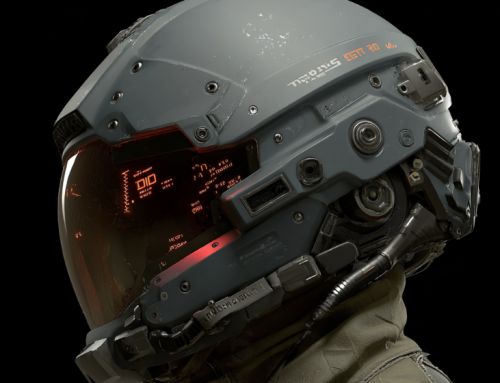
“SAM” App Analyzes Teens’ Language and Speech Patterns for Signs of Trouble
A deep learning app developed by the Cincinnati Children’s Hospital’s computational medicine lab director John Pestian will be employed by 10 public schools in Cincinnati to help school counselors identify middle- and high-school students at risk for suicide.

SAM in action. Photo credit: John Pestian.
The app –called Spreading Activation Mobile or SAM– listens to therapy sessions and analyzes the subject’s speech for telltale signs of suicidal risk. Much like how medical equipment senses and analyzes biological markers, SAM helps identify “thought markers” by analyzing both the acoustic qualities –such as pitch and tone– and linguistic content of a student’s speech to help therapists better identify some of the subtle signs of depression and suicidal ideation.
IEEE Spectrum Reports:
Pestian has used deep learning to create a number of different computer systems that find signals of suicidal intent in audio files from psychologists’ interviews. For example, one large study used machine learning to distinguish between people with suicidal intent, people with other mental illness, and healthy controls. Among other markers, the suicidal people were less likely to use the word “hope,” more likely to sigh, and less likely to laugh.
In a smaller study of 60 adolescents, the machine learning program found that suicidal teens used more first-person pronouns (I, my, mine) and references to themselves, spoke more in the past tense, and fewer words of assent (agree, okay, yes). The suicidal adolescents also spoke over or interrupted their interviewers more often, took longer pauses between words, and spoke at a higher pitch.
Pestian has taken all these findings and more to make the app that he named Spreading Activation Mobile (SAM), a reference to a method used to search semantic networks.
Just as doctors look for biomarkers as measurable indicators of something happening in the body, Pestian says mental health professionals can benefit from identifying “thought markers” that provide insight into the mind. He’s still conducting research to determine the most useful thought markers, though. “The words account for the largest amount of variation,” says Pestian. “I’m still scratching my head on the importance of the acoustic markers.”
Pestian hopes the SAM app will prompt others in his field to develop other digital mental health tools. “If you walk into an ER, you see all kinds of amazing tech that tells the doctors everything that’s going on inside the body. If you walk into a psychiatrist’s office, you see a couch,” he says. “But it’s not the psychiatrists’ fault—folks like me have to make the tools for them to use.”






